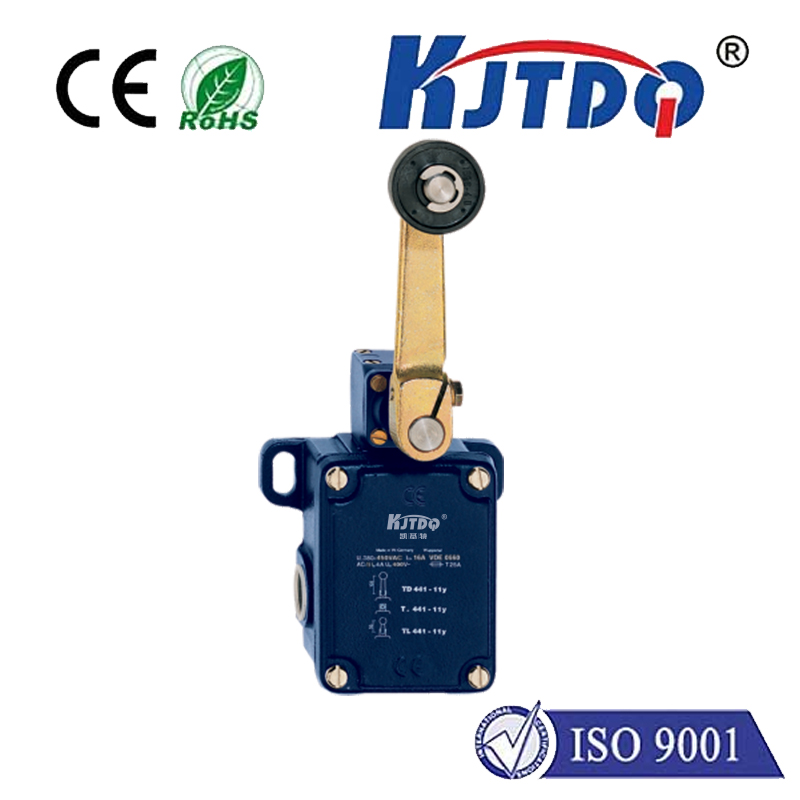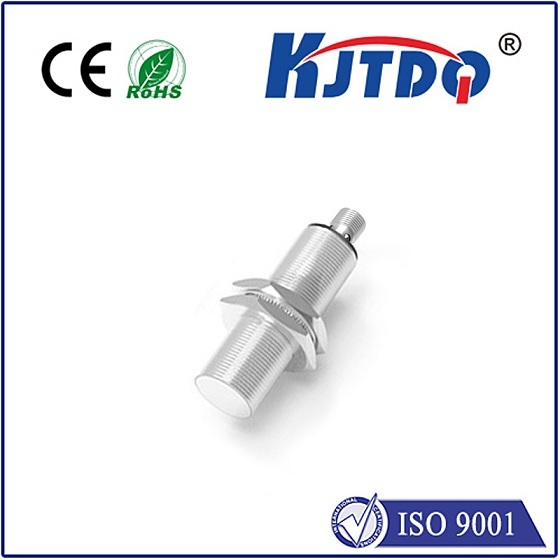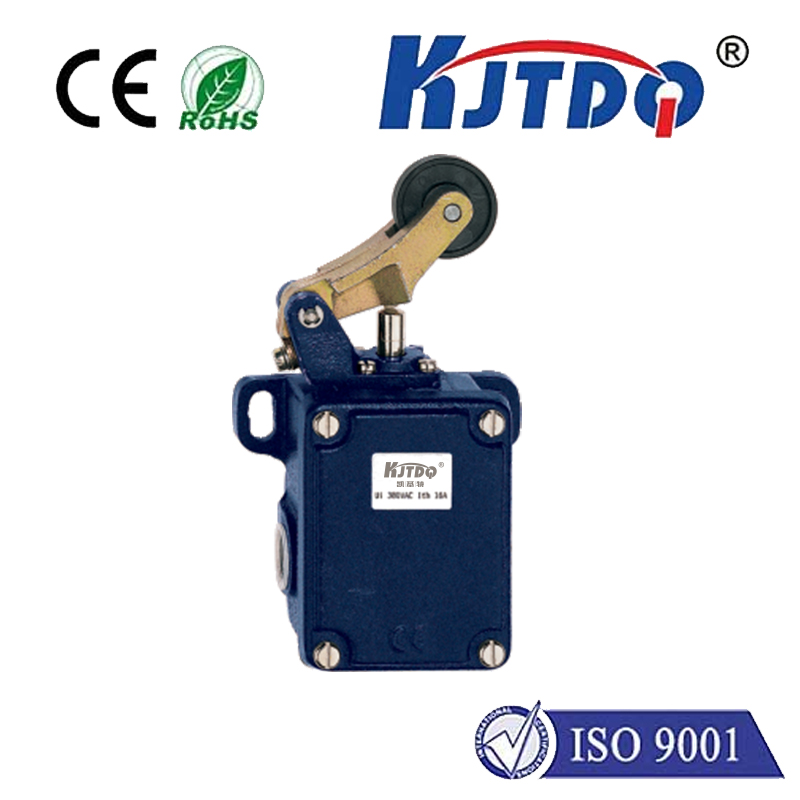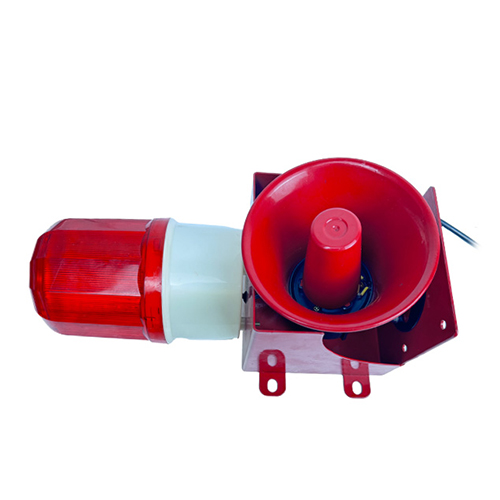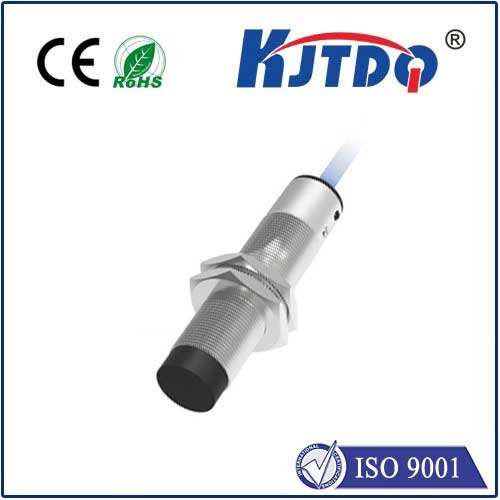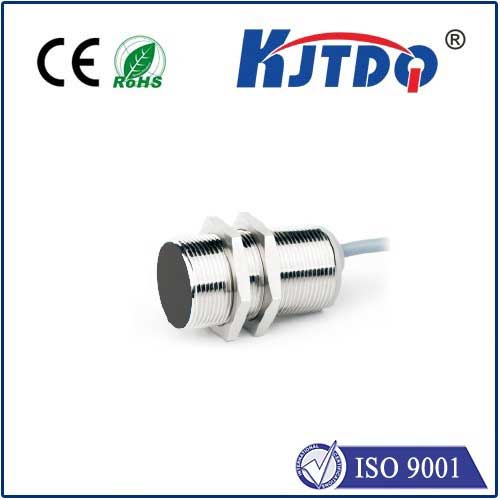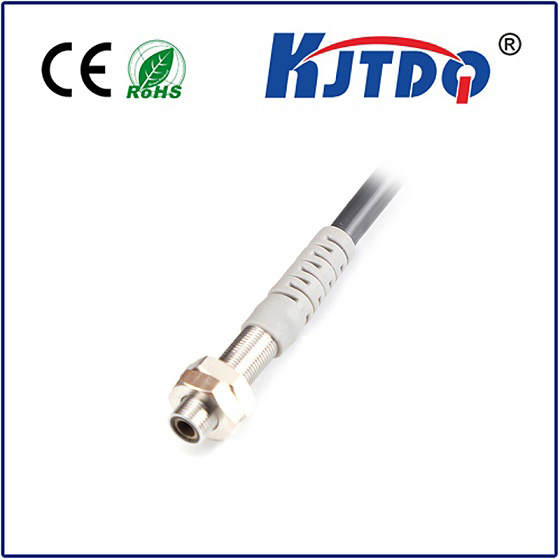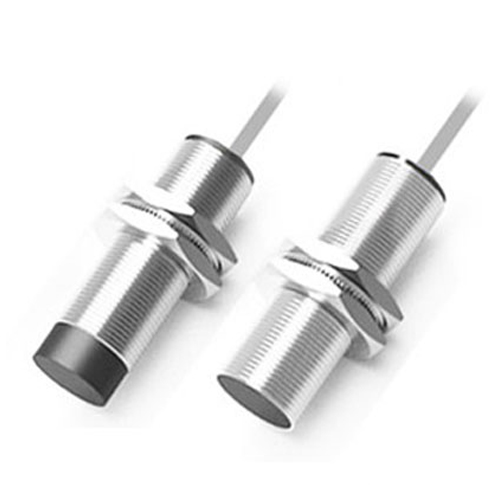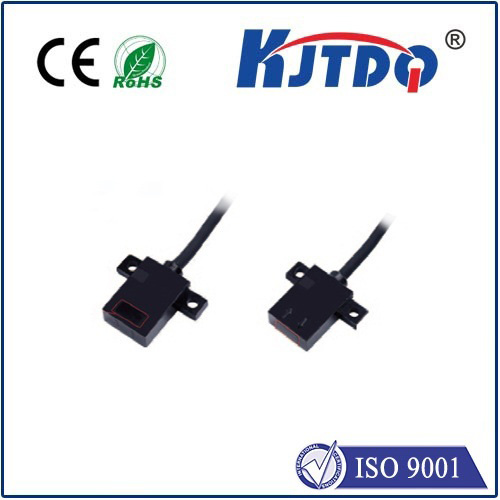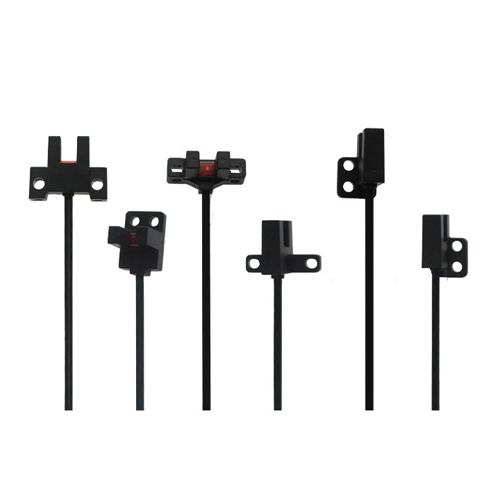

check

check

check

check
Ultrasonic Radar Sensor: Enhancing Precision and Safety in Modern Automation
In today’s rapidly evolving technological landscape, the ultrasonic radar sensor stands as a pivotal component in various industries, offering precision, reliability, and efficiency. Designed to detect objects and measure distances, this sensor plays a critical role in automation, robotics, and industrial machinery. Its ability to operate effectively in diverse environments makes it an indispensable tool for modern applications.
Ultrasonic radar sensors work by emitting high-frequency sound waves and measuring the time it takes for the waves to bounce back after hitting an object. This principle, known as echolocation, allows the sensor to calculate the distance and size of the object with remarkable accuracy. Unlike traditional sensors, ultrasonic radar sensors are not affected by light or electromagnetic interference, making them ideal for use in challenging environments.

One of the key advantages of ultrasonic radar sensors is their versatility. They can be used in a wide range of applications, including automotive systems, industrial automation, and even in home appliances. In automotive settings, these sensors are often employed in car washes, parking assist systems, and obstacle detection. Their non-intrusive nature ensures that they can operate without compromising the safety or aesthetics of the surrounding environment.
A critical aspect of ultrasonic radar sensor functionality is its ability to detect objects at a distance. This is particularly important in environments where visibility is limited, such as in fog or at night. The sensor’s high-frequency sound waves can penetrate through these conditions, allowing it to detect objects even in low-light situations. This capability significantly enhances the safety and reliability of systems that depend on precise distance measurements.
Moreover, ultrasonic radar sensors are known for their durability and long operational life. They are designed to withstand harsh conditions, making them suitable for use in extreme environments. This robustness ensures that the sensors remain functional even in the most demanding scenarios, reducing the need for frequent maintenance and replacement.
In addition to their technical advantages, ultrasonic radar sensors also contribute to energy efficiency. Their design minimizes power consumption, which is essential for systems that require long-term operation. This efficiency not only reduces operational costs but also aligns with environmental sustainability goals.
As industries continue to advance, the demand for high-performance sensors is growing. Ultrasonic radar sensors are at the forefront of this trend, offering a blend of accuracy, reliability, and adaptability. Their integration into various systems is not only enhancing performance but also improving user experience and safety.
In conclusion, ultrasonic radar sensors are more than just a technological advancement—they are a transformative tool in modern automation and industrial systems. Their ability to provide precise distance measurements, operate in challenging environments, and contribute to energy efficiency makes them a valuable asset across multiple sectors. As technology continues to evolve, the role of ultrasonic radar sensors will only become more significant, driving innovation and efficiency in the future.
